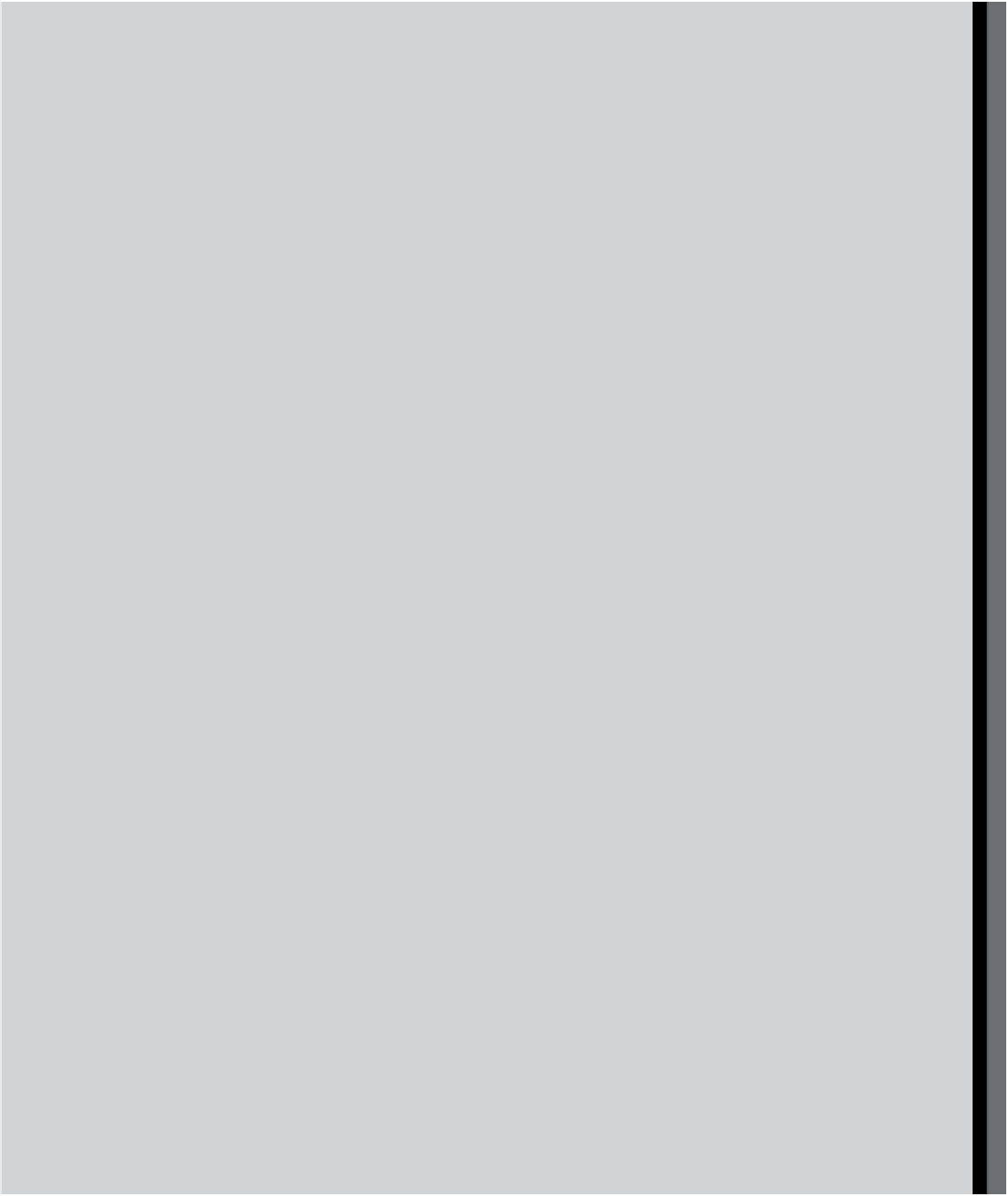Graphics Programs Reference
In-Depth Information
Lightroom Killer Tips
>
>
▼
Using the Detail Panel's Preview
for Cleaning Up Spots
tion around your spot (start by clicking
just to the upper left of the spot, then
drag across the spot at a 45° angle). As
you do, it lays down a starting point and
then your circle drags right over the spot.
▼
Yo u Ca n A l w ays S t a r t O ve r —
Even with Virtual Copies
Since none of your edits in Lightroom
are applied to the real photo, until you
actually leave Lightroom (by jumping
over to Photoshop, or exporting as a
JPEG or TIFF), you can always start over by
pressing the Reset button at the bottom
of the right side Panels area. Better yet,
if you've been working on a photo and
make a virtual copy, you can even reset
the virtual copy to how the image looked
when you first brought it into Lightroom.
▼
Undos That Last Forever
If you use Photoshop, you probably
already know that the History panel
there just keeps track of your last 20 steps
The Detail panel's preview window was
designed to give you a 100% (1:1) view
of your image, so you can really see the
effects of your sharpening and noise
adjustments. But it's also great to keep
it open when you're removing spots,
because you leave the main image at
Fit in Window size, and still see the area
you're fixing up close in the Detail panel's
preview window.
(so, you basically have 20 undos), and if
you close the document, those undos
go away. However, in Lightroom, every
single change you make to your photo
inside Lightroom is tracked and when you
change images, or close Lightroom, your
unlimited undos are saved. So even if you
come back to that photo a year later, you'll
always be able to undo what you did.
▼
Another Noise
Reduction Strategy
The Noise Reduction section, in the De-
tail panel, does a pretty good job, but if
you're not happy with it or it's not working
for you, try what I've done in previous
versions of Lightroom: jump over to Pho-
toshop and use a plug-in called Noiseware
Professional, which does just an amazing
job. You can download a trial copy from
their website at
www.imagenomic.com
and install it in Photoshop (so, you'd jump
from Lightroom to Photoshop, run the
Noiseware plug-in using their excellent
built-in presets, and then save the file to
come back into Lightroom).
▼
What to Do If You Can't See
Yo u r Ad j u s t m e n t B r u s h
▼
To o l O ve r l ay (G r i d ) O p t i o n s
When using the Crop Overlay tool,
you can have the grid that appears
over your image only appear when
you're actually moving the crop border
itself (which is really the only time you
need to see that grid anyway, right?).
Just go to the toolbar, below the Pre-
view area, and from the Tool Overlay
pop-up menu choose
Auto
.
If you start painting and can't see the
brush or the pins it creates, go under
the Tools menu, under Tool Overlay, and
choose
Auto Show
. That way, the pins
disappear when you move the cursor
outside your photo, but then if you
move your cursor back over it again to
start painting, they reappear.
▼
Choosing Brush Size
When using the Spot Removal tool, you
can press-and-hold the Command (PC:
Ctrl) key and click-and-drag out a selec-

























